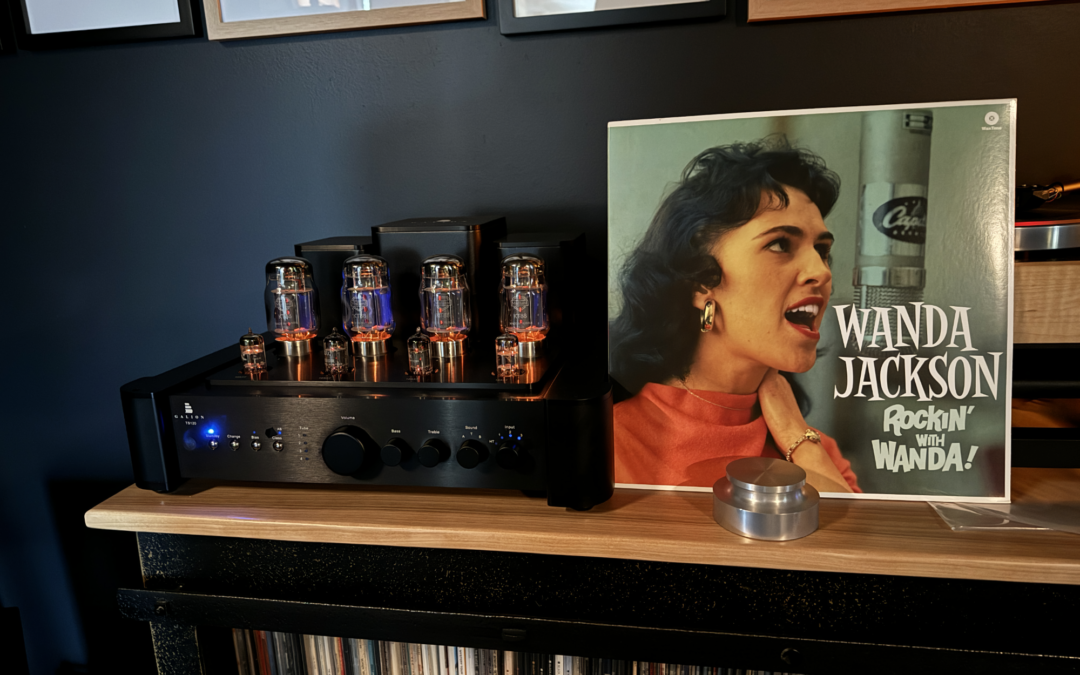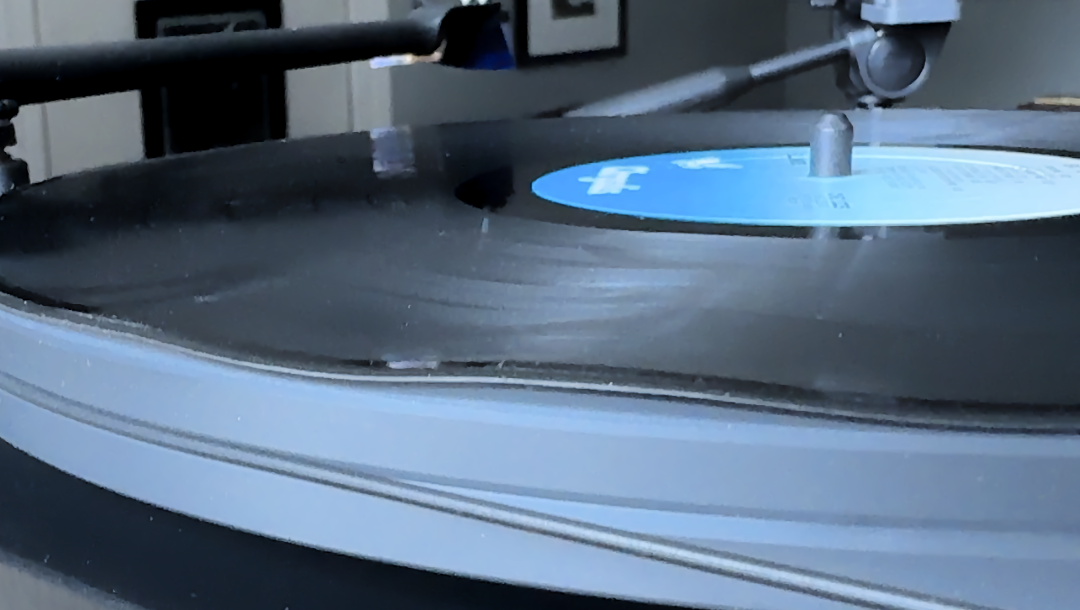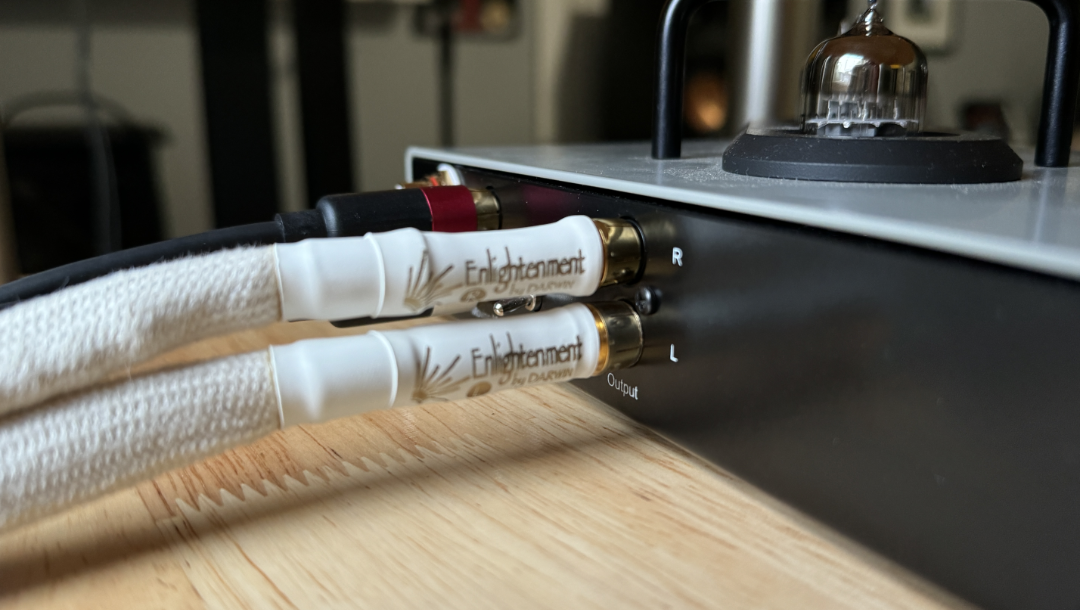I’ve always been fascinated by tube amps. That fascination became an obsession when I purchased the Galion TS120 Standard Edition. Galion also sells a “Special Edition” or “SE,” which I’ll get to.
The look of TS120, while aesthetically pleasing, was secondary to me. It was the features that drew me to it.
The TS120 is an integrated amplifier – meaning you do not need a separate preamplifier. On top of this, its most intriguing feature is that the TS120 is two amps in one. You can switch it between Class A or Class AB.
You also have the option to use tone controls, which can be bypassed. There are two options for bypassing. Options “A” (more transparent) and “B” (more musical).
I won’t get into all the specs here; you can find them on the TS120s product page. You can plug your speakers into 4ohm or 8ohm binding posts, and there are outputs for subwoofers. If you are a vinyl enthusiast, which I am, you will need a phono preamp to boost the signal before it reaches the TS120.
Now for the tubes: There are four tubes in the preamp stage: two 12AT7s and two 12AX7s. Behind these are four KT88 power tubes.
Biasing tubes can’t be any easier with the TS120. Some tube amps require manual biasing with a small screwdriver, while others have an auto-biasing feature. The TS120 has a hybrid solution for this. Unlike traditional auto-biasing, the solution here sits outside of the signal path, so there is no affect to the sound when you’re not biasing the tubes. The more you can avoid the signal path, the better.
Biasing is as simple as emptying the “Change” button, selecting “Bias”, and waiting for the light indicators to all turn blue. Once the “Bias” light goes out, hit “Change” again, and you’re done. It’s back to normal operation.
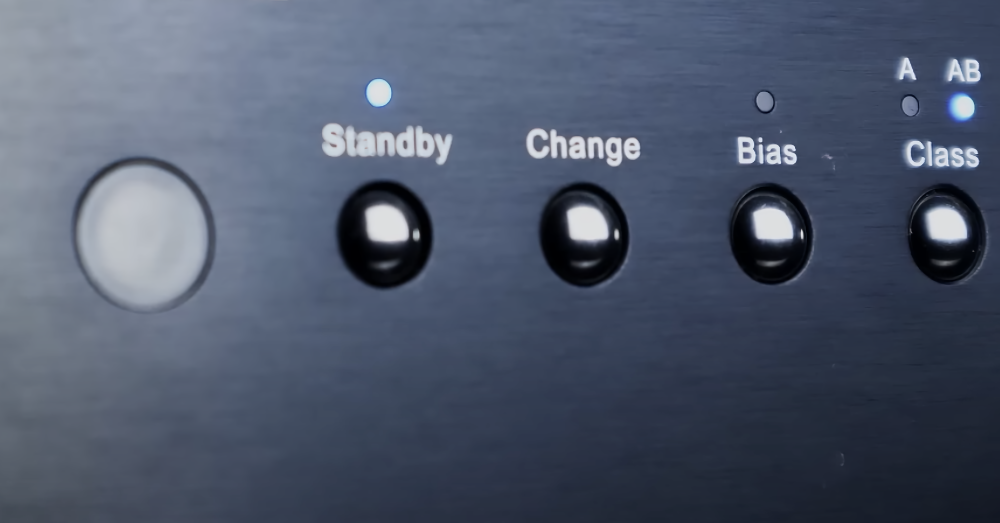
The “Change” button is also the method for switching amp classes (you’ll want to rebias the tubes if you are switching classes). If you don’t switch amp classes, you won’t have to worry about biasing the tubes again for a few weeks. I recommend every 3-4 weeks.
The documentation recommends allowing the tubes to warm up for at least 20 minutes before use. If I remember, I turn it on 2-3 hours before use so that it will reach its full potential before I’m ready to listen.
THE SOUND
Other than a low hum from the transformers after a few hours of use (which isn’t unusual), the TS120 is an extremely quiet amplifier. Even with the volume turned up, I failed to detect any buzz from my KLH Model 5 speakers.
Everything I’d read about the Galion mentioned its ability to achieve a true holographic soundstage.
It does. The clarity, sound separation, and detail were all present. When I closed my eyes and listened to Deep Purple’s Burn, I felt as if I could reach out and tap Jon Lord’s keyboard.
I found after a few weeks of switching the tone control bypass between “A” and “B” that I preferred the “A”. With the right setup and room, the TS120’s bass is more than adequate, and I felt no need to opt for the more musical “B” option. “A” was more than sufficient, and I thought it provided a much better soundstage, which I hoped to achieve. I bought Prince’s Sign O the Times 30 years ago and heard things through the TS120 that I’ve never heard before.
TUBE ROLLING
Wanting a smoother sound, I eventually swapped the TS120s stock tubes with a mix of tubes I felt would achieve an even smoother “tube” presentation. I replaced the Psvane KT88s with Mullard KT88s (new production). For the preamp, I opted for two sets of NOS tubes. – Telefunken 12AT7s and Mullard 12AX7s. For me, it’s audio nirvana, and the high-end rolls off nicely with the Mullards in place.
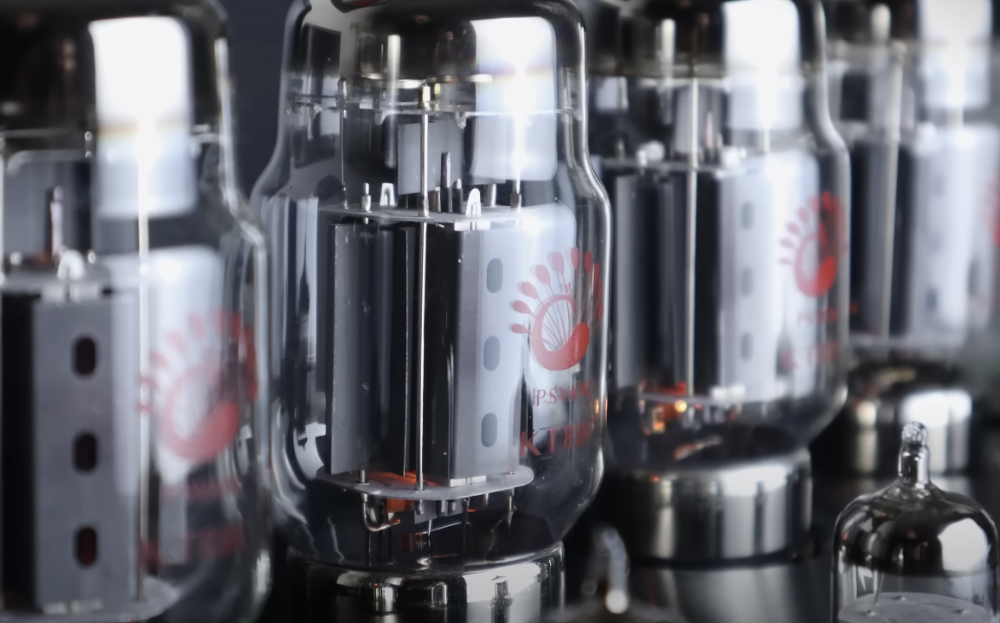
THE “SPECIAL EDITION”
What about the “Special Edition” version of the TS120? Thomas Tang, the owner of Galion Audio, was kind enough to let me compare the two editions. Visually, they appear to be the same amplifier with the same feature set.
The Special Edition arrived with Shuguang Black Treasure KT88Z tubes. These are very dynamic and exciting tubes. I still found I preferred the Mullards, which I tested in both units.
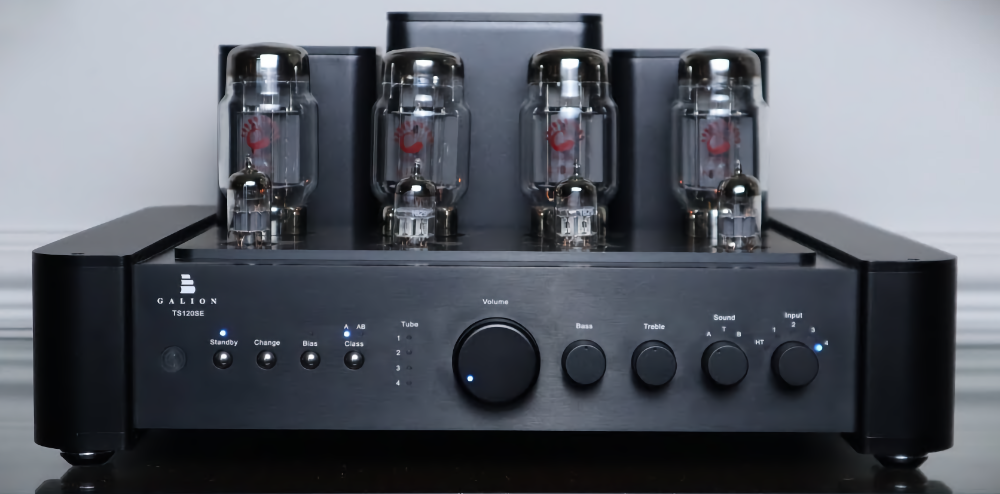
What makes them different (and accounts for the $1000 USD price difference)? It has to do with the capacitors used. The “Special Edition” uses Jupiter capacitors specifically designed for audio applications. Both amps also employ Clarity capacitors, but I believe the Special Edition has higher-end Clarity capacitors. The Jupiters are the stars here.
I found the presentation provided by the “Special Edition” a bit more defined—the instrument separation was clearer. The midrange, too, had a smoother feel to it. It’s a very pleasant amp to listen to.
If I had to do it all over again, would I have chosen the “Special Edition” over the “Standard Edition”?
I’ve built a system around the “Standard Edition” that brings out the sound I love to listen to, so perhaps it’s not a fair question. I listen to a lot of classic and hard rock, and the TS120 Standard stands up to the task brilliantly. With its smoother presentation and added clarity, the “Special Edition” would bring out the best in acoustic, jazz, and classical pieces. It also brought Edgar Winter’s “Frankenstein” to life in a way I had never heard before.
I like to think of the “Special Edition” and the “Standard Edition” as twins with slightly different tastes.
– READ NEXT –
Subscribe to The Joy of Vinyl Newsletter

